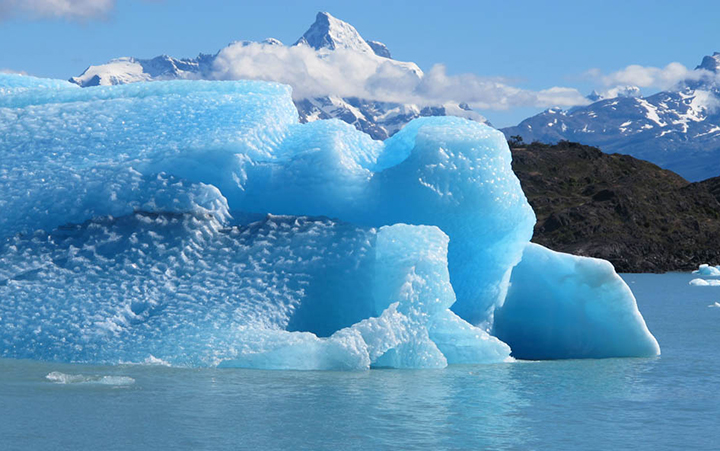30 Years Ago, Humans Bungled the Best Chance to Stop Climate Change

NEW YORK — Could the current climate crisis have been averted? Humans may have squandered the best shot at doing so decades ago.
As the 1970s drew to a close, incontrovertible evidence already pointed to the dangers that accumulations of the greenhouse gas carbon dioxide (CO2) — resulting from the burning of fossil fuels — posed to the planet. During a pivotal 10-year period, from 1979 to 1989, scientists, activists and government officials worldwide took important first steps to address excessive CO2 emissions and to enact policies that would head off the worst of these emissions' impact on the global climate, according to "Losing Earth: The Decade We Almost Stopped Climate Change," a single-article special issue of The New York Times Magazine, published online today (Aug. 1).
Over those 10 years, a window of opportunity opened that might have saved the planet. Efforts were launched on an international level to raise awareness of global warming, curb CO2 output and thereby stave off climate change's most dire impacts. But those efforts stumbled and stalled, and we are witnessing the devastating consequences now, writer Nathaniel Rich reported in the article. [Images of Melt: Earth's Vanishing Ice]
It almost worked. At the time, the topic of climate change was not heavily politicized in the U.S. as it is today, Rich said here at a launch event for the article yesterday (July 31). Members of the Republican and Democratic parties supported developing strategies to limit CO2, and advocating for the environment was not seen through the same political lens as it is now, Rich explained.
Leaders came heartbreakingly close to succeeding. Climate change became part of national and international conversations, which culminated in global superpowers convening to restrict carbon emissions — an initiative that ultimately fell through.
"At the end of the decade, paralysis set in," Rich said at the event, adding that, in the years since, we've collectively moved from a period of apprehension about climate change to a period of reckoning.
"We've run up a bill, and now it's coming due," he said.
Get the world’s most fascinating discoveries delivered straight to your inbox.
Evidence of how this prolonged inaction played out is presented alongside Rich's report in sobering images by photographer George Steinmetz. His bird's-eye-view photos and videos — captured primarily by drone-mounted cameras in locations around the world in 2017 — present grim scenes, such as monsoons in Bangladesh, the aftermath of wildfires in California and the capital of Mauritania partially swallowed by desert sand.
Individual weather incidents — such as heat waves, floods and powerful storms — themselves are not necessarily the results of a changing climate. Rather, the proof of climate change is in weather patterns, and we can see its fingerprints in more prolonged or more frequent heat waves and flooding events, extended periods of drought and more powerful storms over time.
Global initiatives such as the Paris climate agreement show some worldwide commitment to the issue — a gesture that President Donald Trump rejected when he withdrew the U.S. from the global coalition in July 2017. But after decades of stalling and inaction, our time to effect meaningful change while minimizing the cost to communities and habitats around the world is running perilously short. As Rich noted in the article, Melvin Calvin, a Nobel Prize-winning chemist who died in 1997, warned of this when he testified before the Senate about climate change back in 1988, telling the assembled officials, "It is already later than you think."
Original article on Live Science.

Mindy Weisberger is a science journalist and author of "Rise of the Zombie Bugs: The Surprising Science of Parasitic Mind-Control" (Hopkins Press). She formerly edited for Scholastic and was a channel editor and senior writer for Live Science. She has reported on general science, covering climate change, paleontology, biology and space. Mindy studied film at Columbia University; prior to LS, she produced, wrote and directed media for the American Museum of Natural History in NYC. Her videos about dinosaurs, astrophysics, biodiversity and evolution appear in museums and science centers worldwide, earning awards such as the CINE Golden Eagle and the Communicator Award of Excellence. Her writing has also appeared in Scientific American, The Washington Post, How It Works Magazine and CNN.


